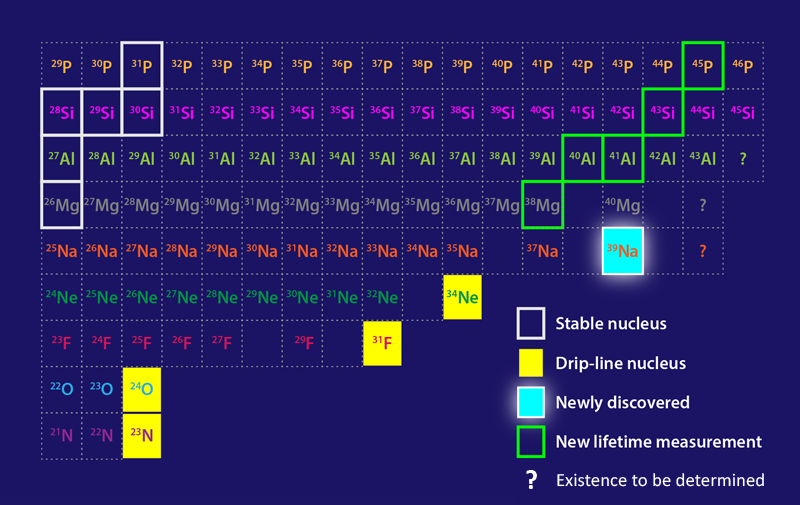“We’re going to double the number of known isotopes,” says Artemis Spyrou, an experimental nuclear physicist at the National Superconducting Cyclotron Laboratory (NSCL) in the US. “It’s crazy. We know more than 3000 isotopes at the moment. And we going to double that.”
It’s a bold mission statement, akin to the greatest single expansion of our known chemical universe in history. But that’s the lofty goal that Spyrou and others like her hope to achieve when their next-generation particle accelerator – the $730m Facility for Rare Isotope Beams (FRIB) – comes online at Michigan State University in 2022.
These halo nuclei make the radius of the nucleus far larger than would be predicted by simple nuclear models, although they are relatively short-lived, with half-lives measured in milliseconds. “Lithium-11 [which has four more neutrons than its most common isotope] has the size equivalent of a lead nucleus,” Spyrou says. “There are really basic properties of nuclei that we would never discover if we didn’t have facilities like here, and who knows what we’re going to discover.”

Typically, all known isotopes are represented on the chart of nuclides: a plot with the number of neutrons as its x axis, protons as its y axis (figure 1). All the known, stable isotopes form a long, snaking diagonal line: any isotope above the line has too few neutrons to be stable (it’s “proton rich”), while any isotope below the line has too many to be stable (it’s “neutron rich”). Many of the expected proton-rich isotopes have been discovered, but the area of potential neutron-rich nuclides has barely been scratched.


